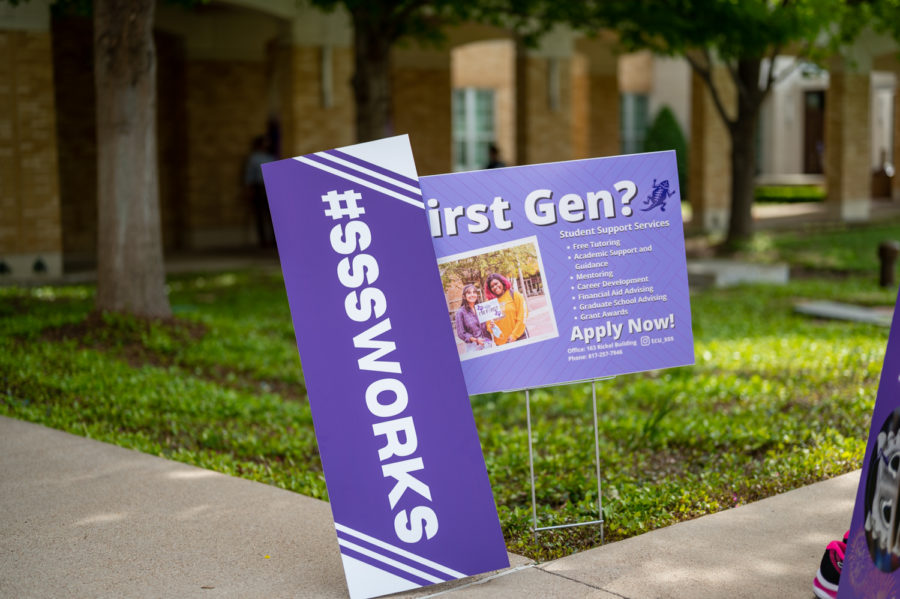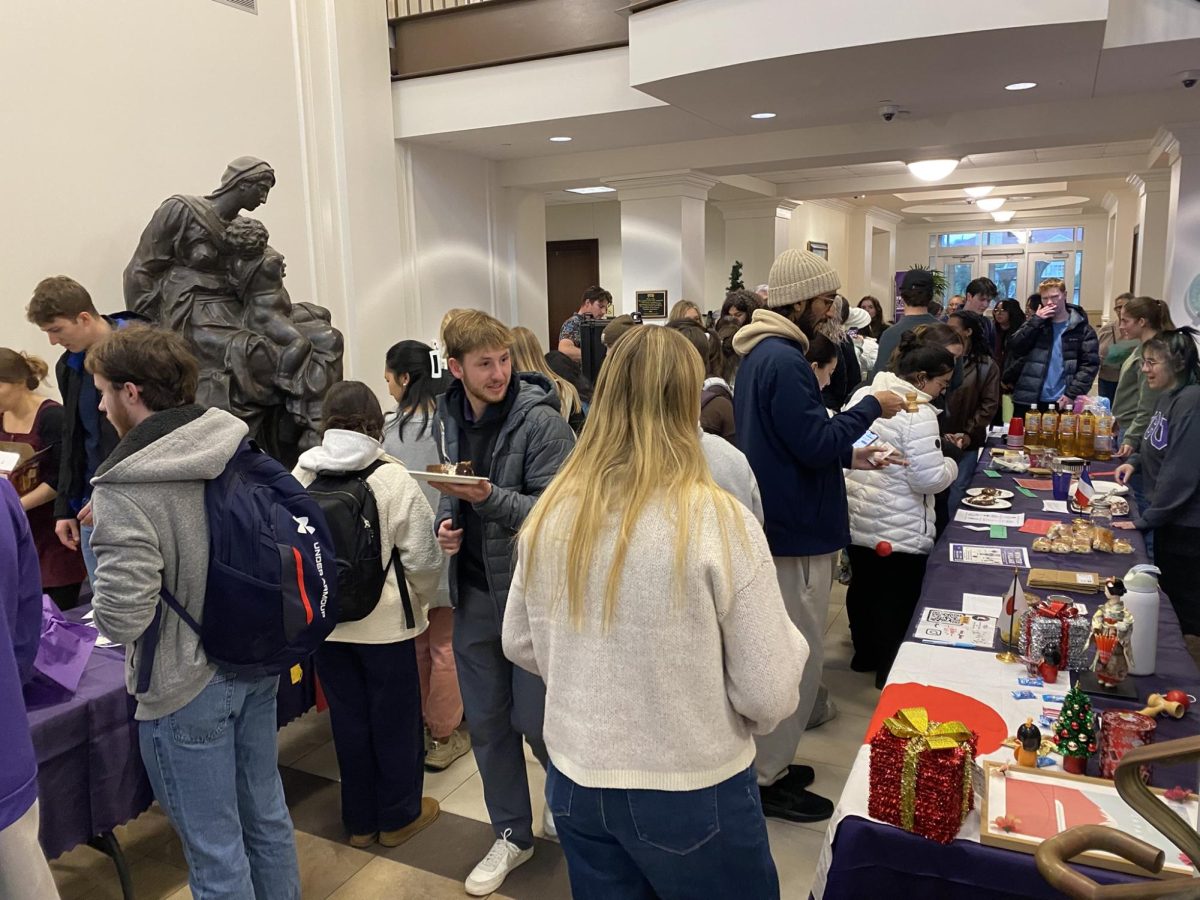TCU changed cable providers this semester, but many students didn’t notice.
TCU previously had a hybrid cable system with DirecTV and PhiloTV, who provided a cable streaming service.
“Generally, when we move to a new service, it’s either for cost-saving purposes, to unify those services under a single carrier, or they’re offering new features that we’ve never had before,” said Joshua Tooley, the director of IT support.
This semester’s cable provider, Spectrum, has a streaming service called SpectrumU.
Tooley said Spectrum offers students the possibility of watching cable anywhere on campus and a more diverse channel lineup than they had before.
In recent years, with advances in streaming services such as Netflix and Hulu, many students don’t use the cable system. Some students reported not being able to watch cable in their lobbies and study rooms.
“Some areas have reported issues,” Tooley said. “Normally, scanning for channels fixes them [the issues].”
The raised concerns caused the IT department to reach out to Housing & Residence Life to ask hall directors to rescan for channels in the common areas of their halls, allowing students to watch cable.
Tiffany Nguyen, a junior living in Richards Hall, noticed the cable signal was not working in her hall but didn’t know TCU had changed cable providers.
Sierra Cole, a sophomore living in Tom Brown/Pete Wright apartments, said she had not attempted to watch cable since coming back to campus.
When told about the new carrier and asked whether she planned on using it any time soon, Cole said, “Potentially, if it’s something easy to set up, because we already have Netflix and Hulu.”
Tooley said this generation’s shift toward online streaming, along with the COVID-19 pandemic, has contributed to students being uninformed about issues regarding cable in their residence halls.
According to data provided by Spectrum, 71% of college students watch TV online. However, transitioning to solely online cable service is not something being considered, according to Tooley.
“I would consider this change a stepping stone to where the future might lead,” said Tooley. “But now students have a choice on what they use going forward, and I think the usage of these tools is going to help us predict what we do in the future.”







